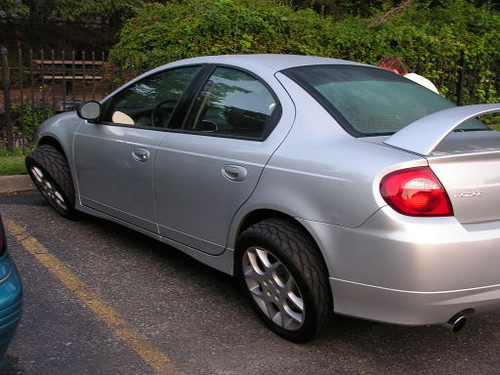- Shop by Car
- Wheels
- Blog
- Reviews
- About Us
- Contact Us
Explaining camber and what it does
Posted by Stefan Petrov on 7th Feb 2017
Camber is as vital as engine modifications when it comes to serious driving, as it can result in a massive change in the way the car behaves. It affects its straight-line stability and its cornering capabilities. Bearing that in mind, there are a couple of camber types, typically used for different things. Although some of them may seem "ricey" and over the top, they do serve an actual purpose.
Positive Camber

Not many people know this, but standard production vehicles actually use some positive camber rather than keeping it neutral. For those who are new to camber, let's start by explaining what it actually is. Camber represents the angle at which a single wheel is slanted perpendicular to the road when looked head on. Positive camber means the top of the wheel is sticking out more than the bottom part, and as silly as it looks, it's actually very useful. Production cars use small degrees of positive camber to lessen the wear on front tires and give more turn-in. The tire wants to follow the path of least resistance since its surface area is somewhat reduced when the tires are straight. To reduce the amount of input needed, most off-roaders run a good positive camber value as well.
Negative Camber

Negative camber is the complete opposite of positive camber, i.e. the wheels are turned inwards looking from the front (the top side is pushed inwards with the bottom part sticking out). Negative camber adds more lateral grip when cornering, since the tire will naturally load up perfectly perpendicular to the road due to the weight transfer. It offers genuine benefits, which is why most drifters and racers use it. Stanced cars on the other hand, run negative camber since it looks "cool", but the effect has worn off over the years, especially since most "stancers" use ridiculous amounts of negative camber, to the point where it's actually hindering normal driving, let alone performance one.





